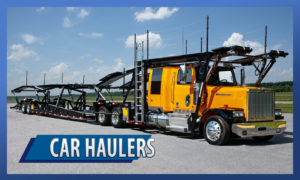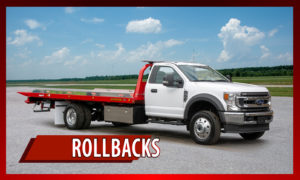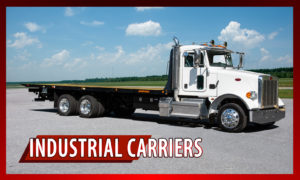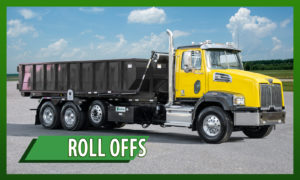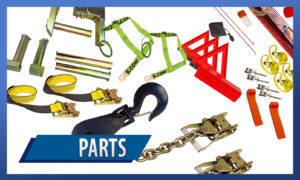Slow Down. Move Over.
Imagine working in an industry that makes the “Deadliest Catch” fishing industry seem like a cruise ship vacation. If you’re reading this, chances are good you already do. As a tow driver you work in an industry where you’re practically invisible – until it’s almost too late. In some states, you’re also invisible to the law telling people to slow down and move over when passing an incident or emergency on the highway.
Even though tow drivers, like emergency workers, suffer more than twice the average occupational injury and fatality rates compared to all other industries, some states don’t require drivers to slow down and move over for a tow driver. More on that problem below.
Tow driver’s fatalities, injuries and near misses on our highways happen far too often. Ask any driver and you’ll hear a story that will raise the hair on the back of your neck, quickly followed by a knowing head shake and probably an explicative. In some cases, it’s a miracle they survived to tell the tale. Some didn’t.
All 50 states now have the “Slow Down Move Over” law in place, but we still lose not only law enforcement officers and emergency responders, but tow drivers and civilians on an almost daily basis. Why? According to a national poll by Mason Dixon Polling & Research, sponsored by the National Safety Commission, 71 percent of Americans have never heard of “Move Over” laws. Not knowing about the laws also means those same people likely don’t know the proper procedure when passing an incident/emergency scene. Quite simply, if you’re in a lane beside the incident, slow down first, and then attempt to move over – if it’s safe to do so. In that order. If you can only slow down, do so. Other reasons for these senseless deaths include drunken driving, texting, daydreaming, and simple inattention to surroundings when passing an incident.
Even though tow drivers are usually on the receiving end of motorist thoughtlessness, it’s also important to remember that we drive these same roads as a civilian ourselves. While practicing very safe operating procedures when working, they’re often forgotten while out in our non-working lives. Far too many times I’ve been a passenger in the car with someone who should know about the law (read: driving professional), and yet I see little, if any, effort to slow down and move over when they pass an incident.
While no official statistics on the deaths of tow drivers specifically, industry estimates range from 50 to 70 tow drivers killed on an annual basis. A simple internet search returns dismaying examples just over the last few years:
Jun 30, 2013 – A local tow truck operator was killed while he was in the process of towing a vehicle on Interstate ten.
Jun 11, 2013 – KUSA – A man was killed Tuesday afternoon when he was hit by a semi truck as he was attempting to tow a vehicle.
May 4, 2013 – MIAMI (CBS Miami) – A tow truck driver assisting a car was hit and killed by a third vehicle that fled the scene.
Feb 12, 2013 – MALIBU, Calif. (KTLA) — A tow truck driver was killed in Malibu Monday night
Aug 28, 2012 – An 18-year-old Smithville, MO, tow truck driver was struck and killed while out of his vehicle on Interstate 35 near the Christopher S. Bond Bridge.
Dec 9, 2012 – A tow-truck driver helping a stranded motorist along the 405 Freeway in Long Beach was killed early Sunday after he was struck by a drunk driver.
COLTON, California – J&S Towing truck driver Jesus Salcedo, 56, of Colton was struck and killed late Friday afternoon while assisting the driver disabled vehicle
Move-over laws require motorists traveling on multi-lane roadways to, when practical, merge away from a vehicle working on the side of the highway to provide an empty travel lane of safety for the worker. If not practical (either due to traffic volume or road design), the motorist must slow significantly below the posted speed limit while passing the roadside worker. (See how it all got started)
In 2005, 390 workers were killed in struck-by incidents, according to the National Institute for Occupational Safety and Health (NIOSH), accounting for seven percent of all fatal occupational injuries. – Move Over Laws
Working an incident is always a fluid situation. While you always have to have one eye on traffic and another on the job at hand, the states above make it even more difficult for tow drivers to come home at night. If you live in one of these states, speak with your legislator.
So, how do you protect yourself while you’re out on the road? Three words. High visibility equipment. Your lights, work clothes and temporary traffic control equipment should all be high visibility; the brighter the better. Don’t work on the traffic side of the incident, if possible. While this isn’t always possible, this is the reason you want to have high visibility equipment. Your movement, because noticing activity is a function built into our brains, combined with the bright clothing creates better visibility for other drivers.

